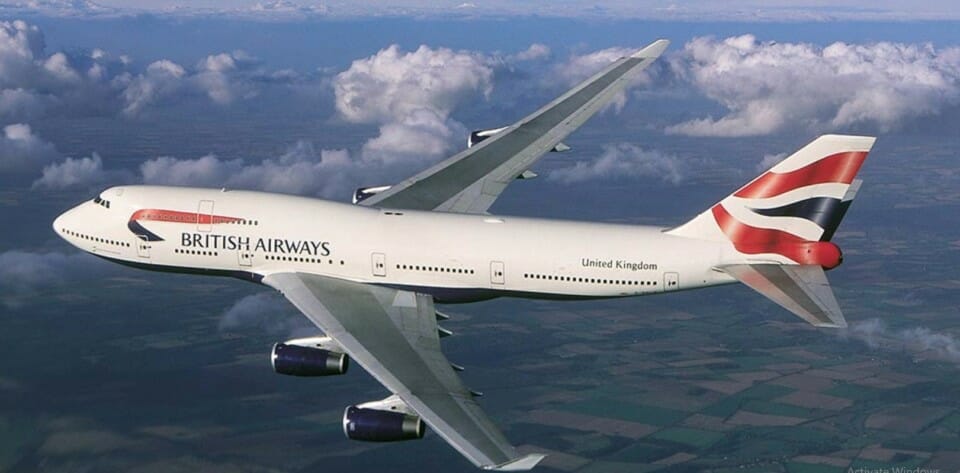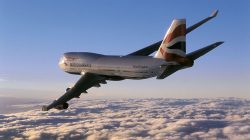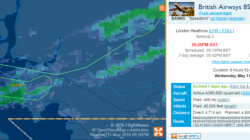This is truly a sad time for all avgeeks and passengers that had a love affair with “The Queen Of The Skies”, the Boeing 747. British Airways has withdrawn its entire fleet of 747 aircraft, four years ahead of schedule. This magnificent lady has flown the world with five decades of faithful service.
The Beginning
This graceful lady actually was designed to be a workhorse for the U. S. Air Force. It began as a design competition for a heavy-lift freighter, the CX-Heavy Logistics System (CX-HLS) program. Designs were submitted by Lockheed, Douglas, General Dynamics and Lockheed. The Boeing design was higher off the ground and featured a swing-up nose loading door. The Lockheed design which was chosen by the Air Force as the C-5 Galaxy was lower to the ground and featured loading from both the nose and the tail.
In 1958, Pan American World Airways (Pan Am) pioneered the jet-age with their introduction of the Boeing 707. Suddenly, trans-Atlantic flights were easily flown as nonstops in just six hours. Although Boeing lost the C-5 competition, the Queen was not dead. Juan Trippe then CEO of Pan Am was looking for an aircraft with the capacity that was two-and-a-half times that of the 707. In Apri, 1966, Pan Am place an order for 25 aircraft that was to become the legendary 747. Pan Am began 747 service on January 22, 1970 with flights between New York and London.
Over five decades, the Queen was built as six models in both passenger and freighter configurations:
- 747-100
- 747-200
- 747-SP (special performance)
- 747-300
- 747-400 (First version without the flight engineer position)
- 747-8 (final version)
There is a special-purpose model, the VC-25A flown by the U. S. Air Force as the presidential transport – Air Force One.
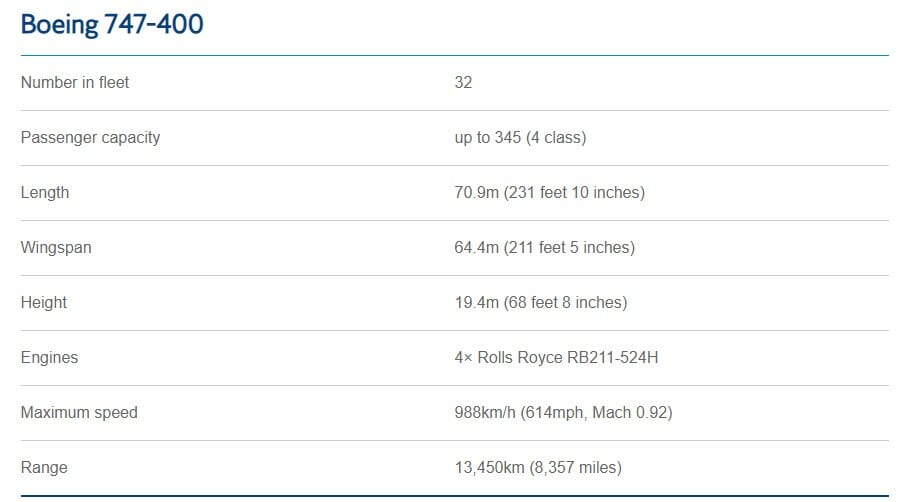
The “Queens” Airline
In 1939, Britain formed the airline British Overseas Airways Corporation (BOAC) through the merger of Imperial Airways Ltd and British Airways Ltd. In 1971, the British Government merged BOAC and British European Airways (BEA) to form today’s British Airways. Their first 747 was delivered in the BOAC livery.
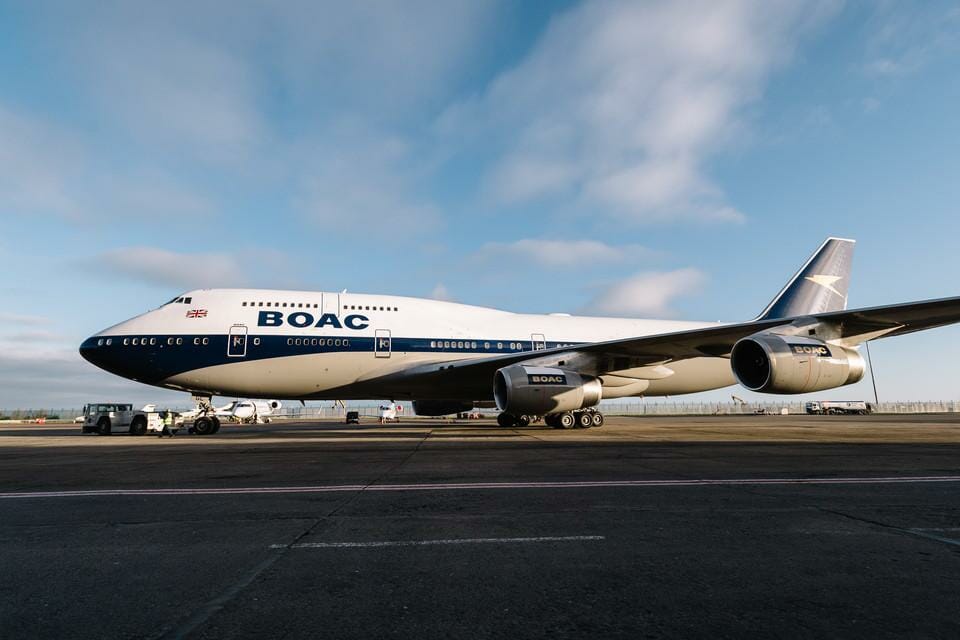
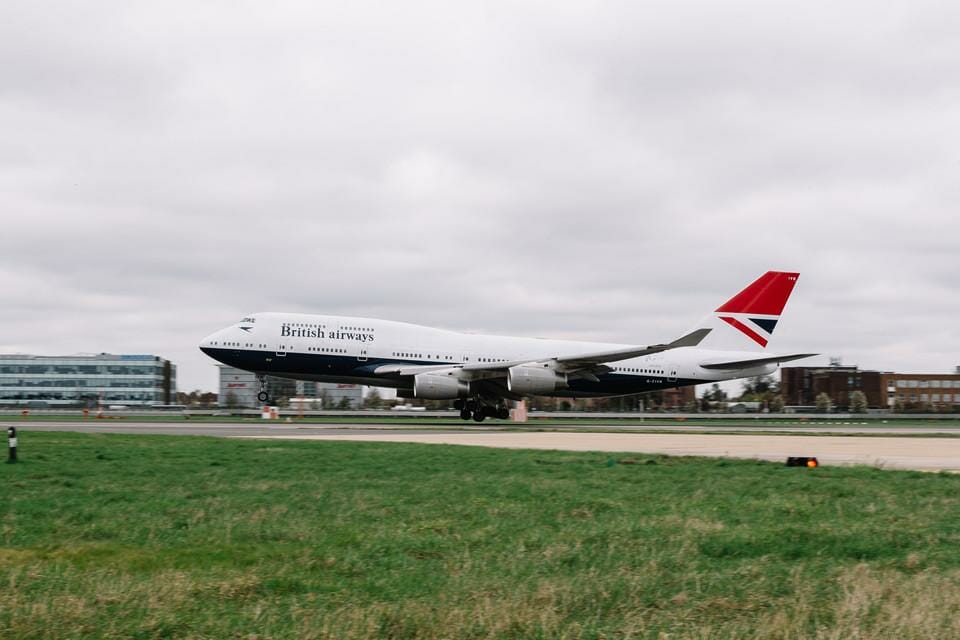
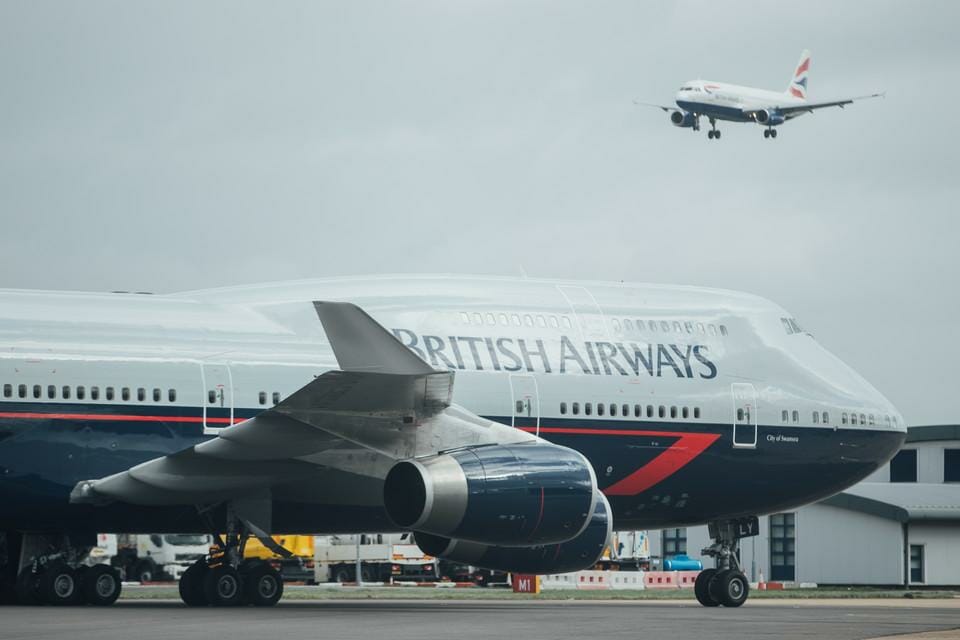
The Iconic “Hump”
The Boeing 747 was the first double-decked aircraft built. The upper deck was a feature that Pan Am’s Juan Trippe looked at as a competitive advantage. Over the decades, the upper deck has grown in size increasing passenger seating “upstairs”. There was something amazing fifty years ago about an airliner with a staircase.
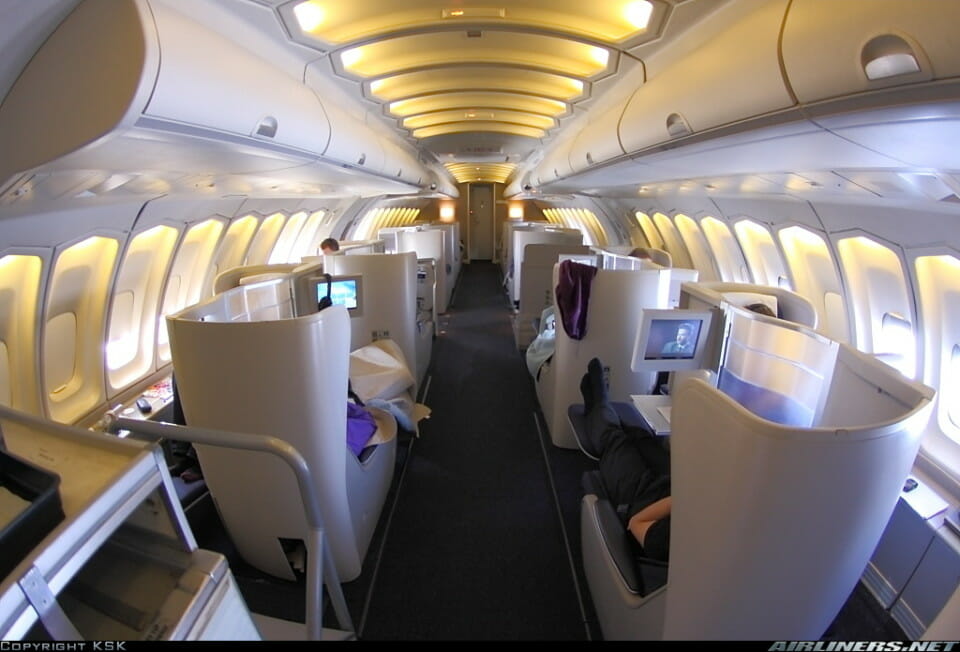

A Fitting Tribute Video
I’m Going To Miss Her
One of the unique features of the 747 was sitting in row 1. When you sit in row 1, you are sitting in the curvature of the nose which gives you incredible views out of the windows looking to the side and forward because the window is mounted at a 45-degree angle. The other feature is that if you are seated in rows 1 – 3, you actually land before the pilots do.
My last flight aboard the Queen was in first class aboard BA 275 from London Heathrow (LHR) to Las Vegas (LAS) on July 22, 2019. I visited the cockpit prior to departure as usual and got this great souvenier photo:
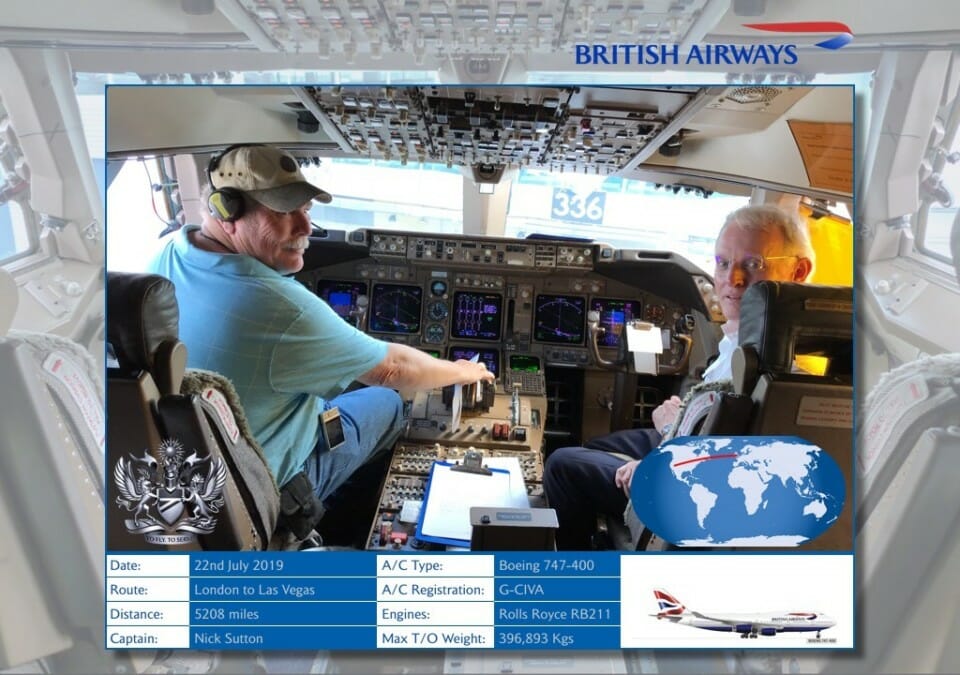

I’m booked to fly BA 273 in October aboard a 747-400. I have no idea which plane I will by flying on since the schedule still shows the assigned aircraft as a 747-400.
Final Thoughts
This is a sad time in aviation history. The proud lady that has been flying around the world for five decades is being retired. The 747 was the first wide-body airliner and changed the airline history forever. The high seating capacity allowed airlines to reduce the cost of airline tickets. The 747 freighter versions will continue to fly but this lovely lady of the sky has seen her last passengers. Farewell to the Queen, you will be missed by many.
Do you have any special memories of flying aboard the 747? Please share them in the comments section.

